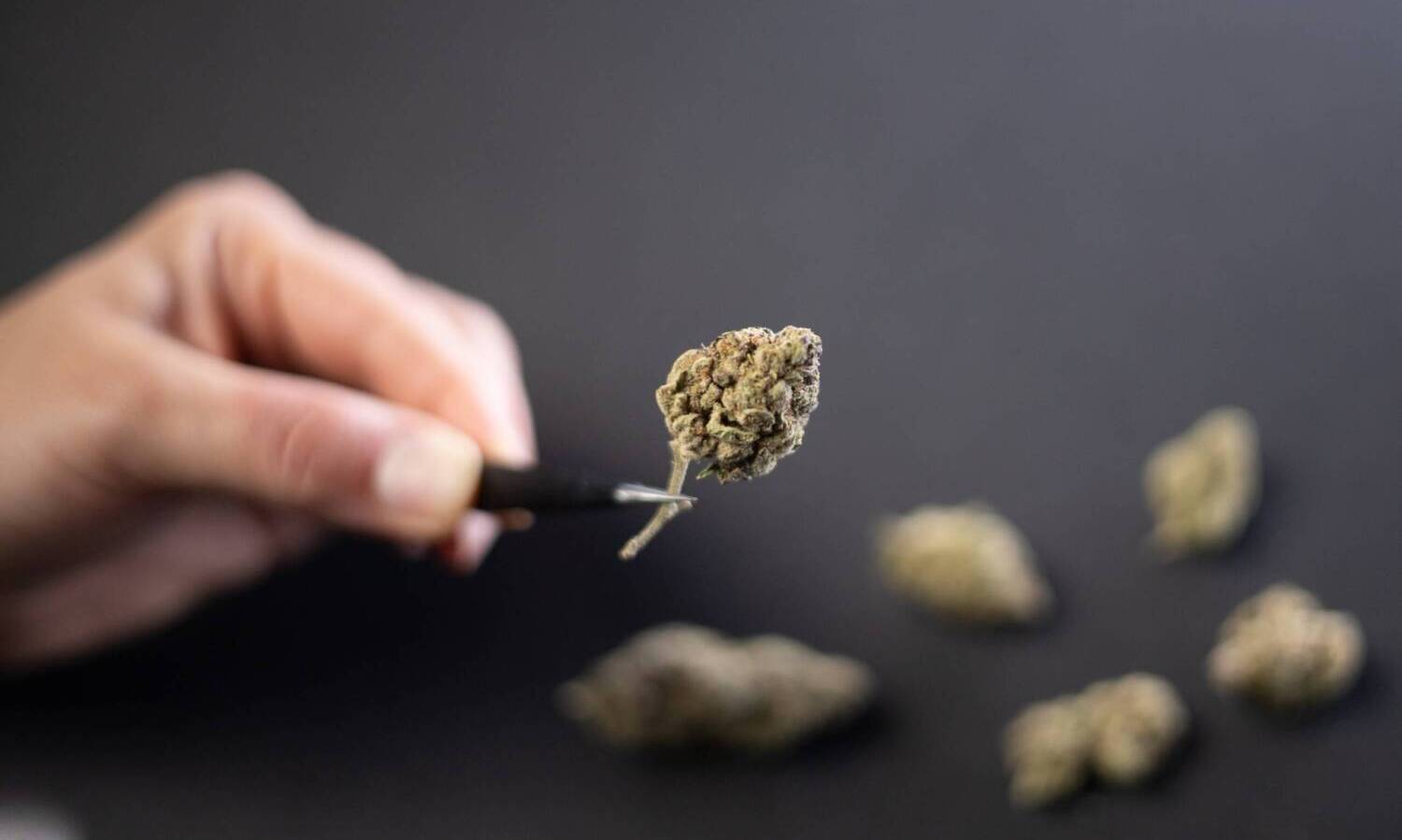
Cannabis strain labels are misleading – a new study offers a solution
Of
Do you know what kind of weed you smoke? Ever wondered how useful labels are on cannabis products?
They’re not very useful, according to a new study that examined nearly 90,000 samples in six states. While most cannabis enthusiasts rely on labels like indica, sativa, and hybrid to help them differentiate one marijuana category from another, the new study suggests this is somewhat misleading, CU Boulder Today reported.
Photo by athima tongloom/Getty Images
RELATED: Don’t shop by THC content: Here are the top 3 terpene-based cannabis strains
The research found that “commercial labels are not consistently consistent with the observed chemical diversity” of cannabis products. This forced the authors to call for a labeling system similar to the FDA’s Nutrition Fact Panel for foods.
“Our results suggest that the prevailing labeling system is not an effective or secure way to provide information about these products,” said co-author Brian Keegan, assistant professor of information science at CU Boulder. “This is a real challenge for an industry trying to professionalize itself.”
Although this year marks the 10th anniversary of the legalization of recreational cannabis in Colorado and Washington, the first two US states to legalize, no standardized labeling system has been developed.
The importance of terpenes
A common association with sativa strains is an energetic feeling, while indica is often associated with a more relaxed state. But is it that simple? What about the terpenes?
Cannabis producers are not required to list compound data other than THC and CBD on the label, although terpenes are known to affect not only how the product smells, but also how a product makes us feel via an entourage effect. The entourage effect is a proposed mechanism by which cannabis compounds other than THC act synergistically to modulate the overall psychoactive effects of the plant.
Additionally, marijuana brands are allowed to name their products whatever they want.
“A farmer can’t just pick up an apple and call it Red Delicious. A beer maker cannot just randomly label their product as Double IPA. There are norms. But that’s not the case for the cannabis industry,” said co-author Nick Jikomes, director of science and innovation for e-commerce cannabis marketplace Leafly.
RELATED: Do You Know the Difference Between Cannabis Strains, Phenotypes, and Strains?
 Photo by Kindel Media via Pexels
Photo by Kindel Media via Pexels
The research also found that products can fall into one of three categories: those rich in the terpenes caryophyllene and limonene, those high in myrcene and pinene, and those highest in terpinolene and myrcene. But these categories cannot fall under the indica, sativa, and hybrid designations.
RELATED: Why you should mix your cannabis strains
“In other words,” the authors wrote, “a sample labeled indica is likely to have an indistinguishable terpene composition than samples labeled sativa or hybrid.”
With the legalization of marijuana nationwide, rates of use are also increasing. More and more people are using weed for specific reasons, such as health benefits, for which labeling standards are becoming increasingly important.
This article originally appeared on Benzinga and has been republished with permission.

Post a comment: